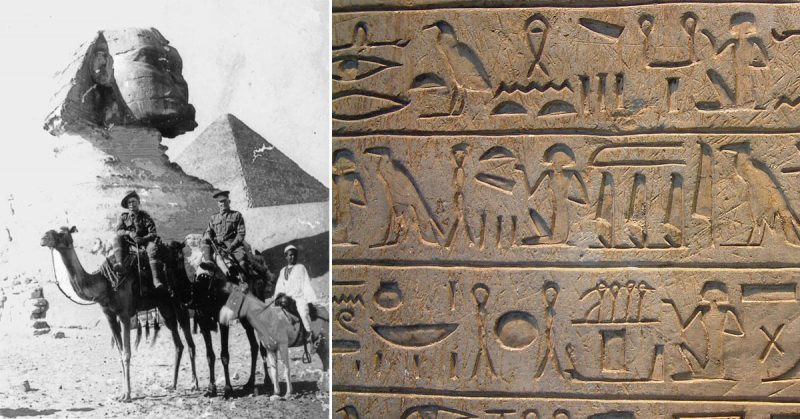Since their first appearance in the 1970s, the so-called Gosford Hieroglyphs have frustrated the New South Wales scientific community amid claims that the “glyphs” represent evidence of an ancient Egyptian civilization in Australia.
The authenticity of the sandstone carvings is refuted by the National Parks and Wildlife Service, academics, and many other parties, but a cadre of amateur researchers succeeded in keeping the story alive until it was conclusively debunked by Sydney Egyptologist Boyo Ockinga.
The Macquarie University Professor conclusions were primarily based on two things; the way the hieroglyphs were cut – disorderly, unlike genuine Egyptian work – and that symbols from historical periods up to 2500 years apart appear alongside each other in the carvings.
Fortunately for Dr. Ockinga, who had expressed his sincere hope that the finds would be found to be genuine, a new discovery was made, one which he may not be able to debunk so easily. A real and verifiable ancient Egyptian coin, purportedly found in a rainforest in Queensland in 1912, was recently brought into the Cairns Museum by a man who claims to have received it as a boy.
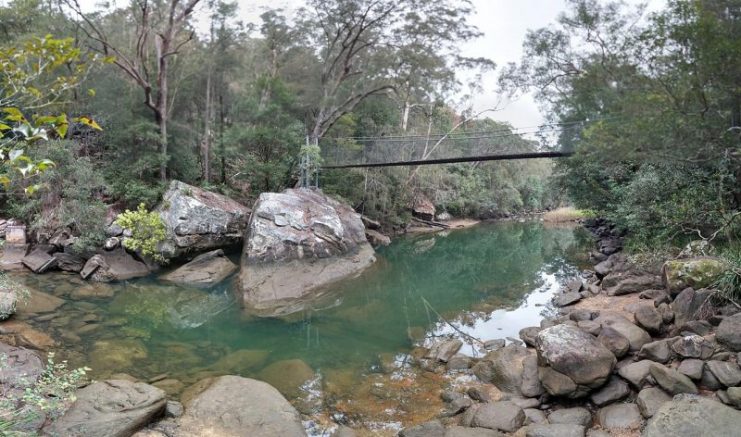
When Hank Gilmore was 10, he reports, his neighbor Andrew Henderson gave him the coin after having discovered it while digging a hole for a fencepost. Henderson is said to have discovered the coin in 1912, giving it to Gilmore when he grew old, and the coin has renewed chatter of Ancient Egyptian forays to Australia in the days of antiquity.
ABC News reports that the coin was minted in Egypt in the 3rd century BC during the reign of Ptolemy, and it is unclear how it came to be in Henderson’s field. Monash University lecturer Dr. Andrew Connor seems to suggest restraint in the rapidly-revived theories of Egyptian colonization of Australia, saying it was more likely that the coin “dropped out of a miner’s pack” as he walked along the trail that led to the Hodgkinson goldfields located west of where the coin was found.
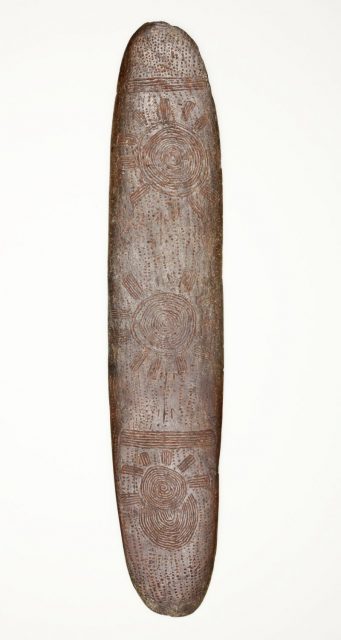
“We know conclusively,” he added, that immigrants to Australia would bring this type of artifact with them when they arrived in the 19th century. This may well be – or alternatively, it could have been brought back from North Africa after the First World War and buried or lost. Neither of these explanations, it should be noted, require less effort than simply planting the coin to reignite a waning branch of amateur archaeology, but there is some support for the claim that it was first located in 1912.
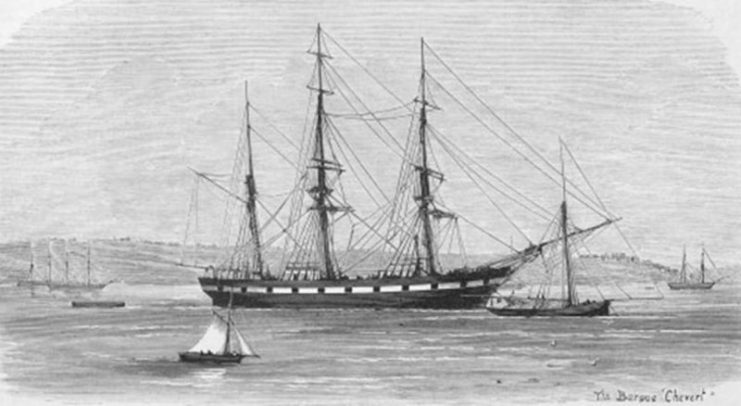
Ockinga notes that the falsified engravings were likely completed well before they were “discovered” – albeit only 50 years before. The 1920s were the height of Egyptology throughout the Western world following the discovery of Tutankhamun’s tomb, and he recalls there were other “instances of Australian soldiers having carved, Egyptianizing objects in the Kurringai National Park near Sydney.”
Still, as the old saying goes, an absence of proof is not proof of absence, and this mystery is likely to go unsolved.
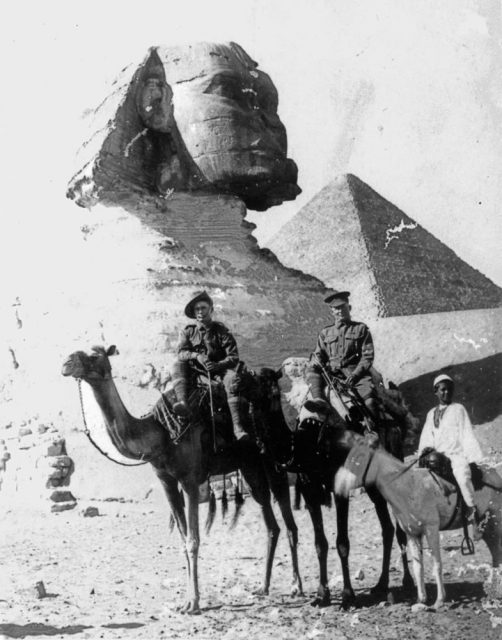
It may be possible to determine a more likely explanation by looking into the service records of WWI soldiers who returned to Australia from North Africa early in the 20th century; records may exist which place a veteran in the vicinity of Henderson’s land around the time the coin was located.
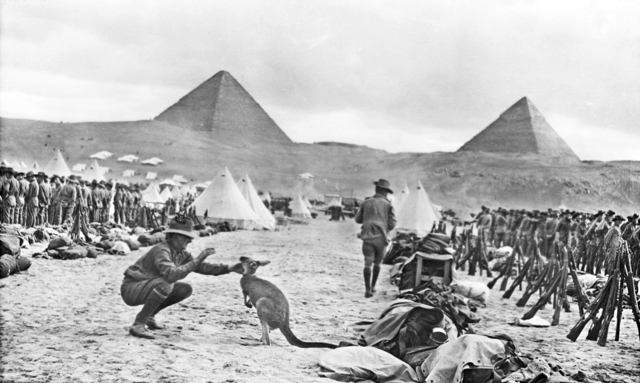
Even if successful, this may not put the question to rest, but it will at least lend some scientific credibility to an explanation of the coin’s miraculous relocation that is lacking from the annals of self-published amateur scientists who believe, like Rex Gilroy, that a mid-19th century expedition to Darnley Island in Queensland yielded an Egyptian mummy.
Ockinga has yet to address the former’s assertion that the spoils of the Chevert expedition are related to a global network of Egyptian pyramids centered around the fictional continent of Lemuria.
